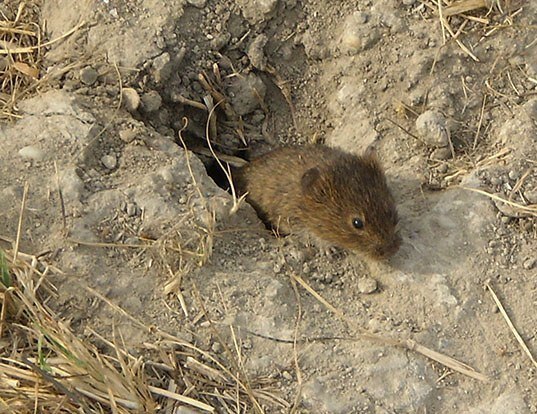

Males may have larger home ranges than females. Home ranges of 7,060 to 9,630 square feet (656–895 sq m) have been reported for Great Basin pocket mice in British Columbia. They seek friable soil of a variety of textures for burrowing. Great Basin pocket mice occupy open, arid terrain. Juveniles typically breed in their second year, but first-litter individuals may first reach breeding condition before winter when plant productivity is high. In nature, Great Basin pocket mice remain reproductively active through fall in years of favorable plant production. A favorable diet apparently overrides this effect, however, extending the breeding season. In the laboratory, an artificial short day-long night summer photoperiod caused gonadal shrinkage in Great Basin pocket mice. In a 2-year study in south-central Washington, first-litter subadults first emerged in June, and second-litter subadults first emerged in October (1974) and November (1975).Īs it signals the beginning of the breeding season, photoperiod may often signal its end. First-litter subadults first leave the natal burrow in early summer subadults from the second litter first emerge in fall. Reports of average litter size have ranged from 3.9 in south-central Washington to 5.6 in Nevada. Most first litters are delivered in May and second litters in August. Females produce one or two litters per year. Great Basin pocket mice remain reproductively active through summer. Captive female Great Basin pocket mice from eastern Washington fed lettuce and seeds had significantly larger ovaries than control females fed only seeds. Access to succulent green vegetation in spring may enhance reproductive success of females. Following emergence from the burrow, the lengthening photoperiod of spring apparently triggers final enlargement and development of gonads for breeding. Prebreeding enlargement of ovaries and testes begins in winter in the complete darkness of the burrow. In south-central Washington, Great Basin pocket mice emerged from March to April. They emerge from their burrows and mate in early spring. In late fall and winter, Great Basin pocket mice remain in their burrows in a state of torpor.


 0 kommentar(er)
0 kommentar(er)
